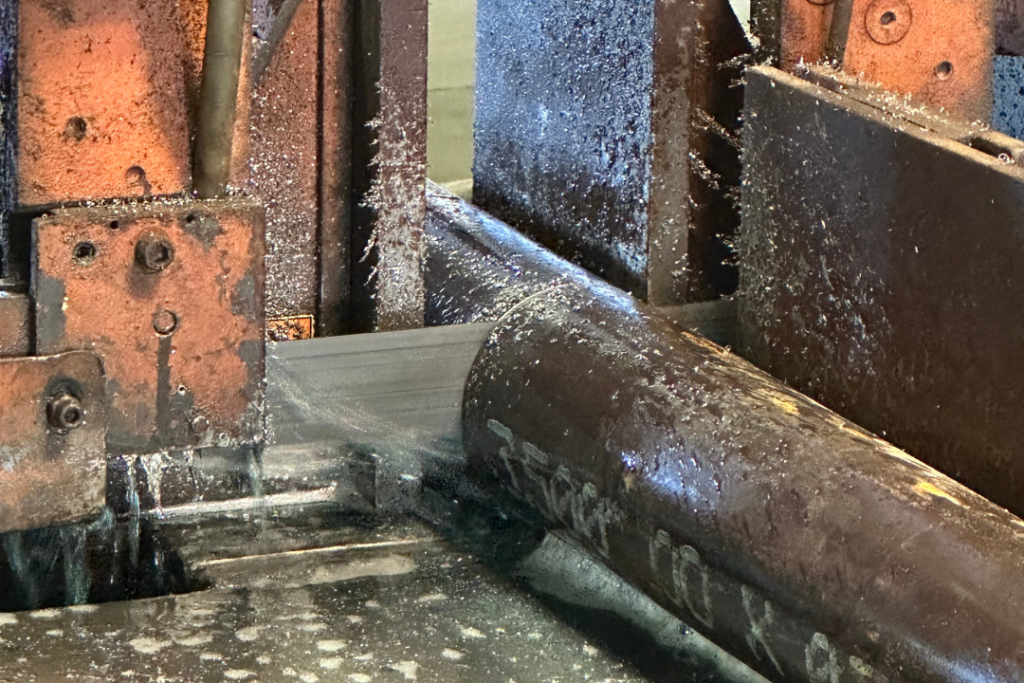
New Technical & Industry Topics: What You Need to Know
At Tulsa Fin Tube, we stay at the forefront of thermal engineering by keeping a close eye on evolving technologies and practical trends in heat exchanger design. Whether you’re upgrading an existing system or designing a new one, understanding the latest in finned tube technology can make a major impact on your project’s efficiency, reliability, and cost. Below, we dive into four key topics that are shaping how finned tubes are used across industries today.
How Different Finned Tube Materials Impact Performance and Durability
The choice of material isn’t just a technical detail—it’s a decision that directly affects the performance and lifespan of your heat exchanger. The three most common finned tube materials are stainless steel, copper, and aluminum, each offering specific benefits for different environments.
- Stainless steel stands out for its corrosion resistance and strength, making it ideal for high-pressure, high-temperature systems like those in petrochemical or power generation plants.
- Copper offers the best thermal conductivity, which makes it perfect for HVAC systems and refrigeration where rapid heat transfer is essential.
- Aluminum strikes a balance between cost, weight, and thermal performance, making it a go-to for automotive, aerospace, and air-cooled applications.
Choosing the right material ensures your system runs efficiently and lasts longer under real-world conditions. You can explore deeper technical data on material performance through resources like ASM International.
Custom vs. Standard Finned Tubes: Which One Is Right for Your Application?
When choosing between custom finned tubes and standard options, your decision should be driven by your application’s complexity, performance needs, and environmental demands.
Standard finned tubes are ideal when your requirements fall within conventional design parameters. They’re cost-effective, quickly available, and well-suited for predictable operating conditions.
On the other hand, custom finned tubes offer performance tailored exactly to your system’s needs. From unique geometries to specialized coatings and materials, custom designs are critical in harsh, high-performance settings like offshore platforms or tightly packed data centers.
While customization may have a higher upfront cost, it often leads to better thermal performance, longer lifespan, and reduced maintenance, all of which can lead to greater ROI over time.
How Finned Tubes Reduce Energy Consumption in Industrial Applications
One of the most impactful benefits of finned tube technology is its role in improving energy efficiency. By increasing the surface area available for heat exchange, finned tubes enable more effective transfer of thermal energy between fluids.
This improvement leads to:
- Lower energy usage by reducing the time and energy needed to reach desired temperatures
- Smaller heat exchanger footprints that save space without sacrificing output
- Improved process control, leading to consistent system performance
In sectors like power generation, food processing, and manufacturing, using the right finned tube design can lower fuel consumption, reduce emissions, and cut operating costs. Organizations focused on sustainable energy use, such as Energy.gov, have long promoted efficient heat exchange as a cornerstone of industrial energy savings.
Understanding the Fin-to-Tube Bond: Why It’s Critical for Heat Exchanger Performance
While fins and tubes each serve essential roles, the bond between them is where performance is truly won or lost. The method used to attach fins to tubes—whether welded, extruded, or tension-wound—greatly influences thermal conductivity and mechanical reliability.
- Welded fins provide a strong metallurgical bond, ensuring high thermal efficiency and mechanical durability, especially in high-vibration environments.
- Extruded fins are formed from the same material as the base tube, offering superior heat transfer and resistance to corrosion and thermal fatigue.
- Tension-wound fins, typically used for non-ferrous applications, are more cost-effective but may not perform as well under extreme thermal or mechanical stress.
A poor bond increases thermal resistance and can lead to early system failures. Choosing the right fin-to-tube attachment technique is just as important as selecting the correct material or configuration.
Take the Lead with Smarter Finned Tube Solutions
At Tulsa Fin Tube, we’re not just fabricators—we’re solution providers who help our clients navigate the evolving landscape of thermal system design. From material selection to customization and advanced bonding techniques, we guide you every step of the way. If you’re ready to improve performance, reduce energy costs, and extend the life of your heat exchangers, now’s the time to explore your options and put the latest technical insights to work for your business.
